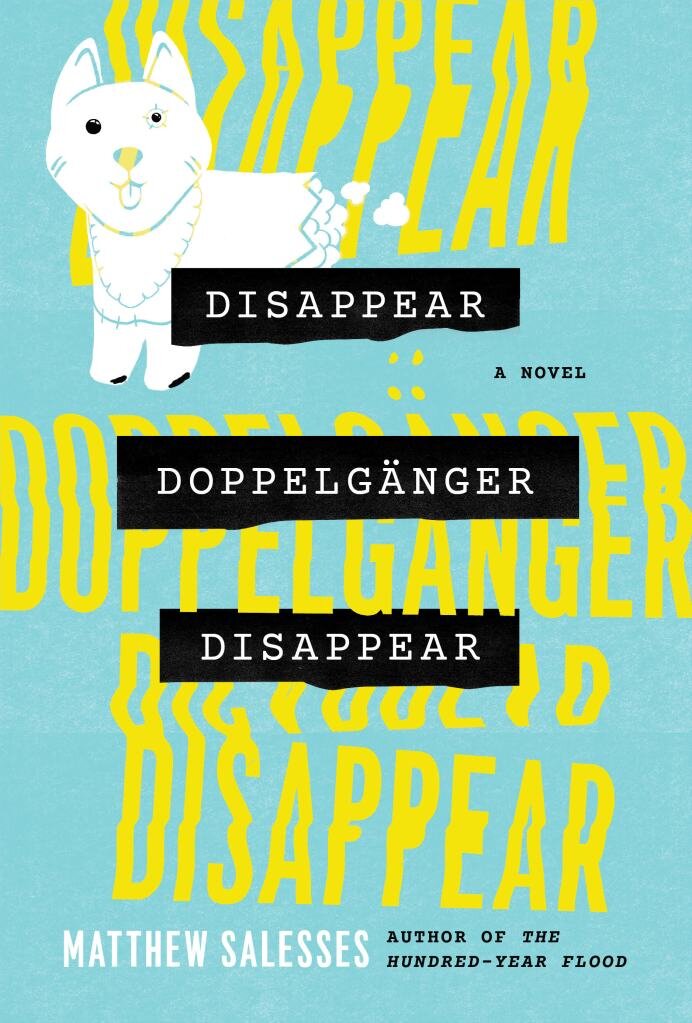Yvan Goll —
Among the joys of contributor copies, one must include the new avenues of interest and fascination which coincide with current research and readings. I’m thinking of Asheville Poetry Review, and Keith Flynn's review essay, "The Remaining Mystery: A Review of Yvan Goll's Selected Poems," which outlines Goll's life in the context of his oeuvre.
Yvan Goll was born Isaac Lang in the borderland of Alsace-Lorraine, a contested space. Fascinating that Goll used two synonyms with the first name Tristan; it wasn't a popular name at the time, and so, to me, it suggests a sort of limning of Tzara.
He called himself "Jewish by destiny, French-born by chance, and designated German by a stamped piece of paper." He worked across mediums, writing poetry, plays, and even "an emotional surrealist film", Die Chaplinade (1920) which I imagine Mihai Sebastian must have seen or heard about prior to his lecture on Charlie Chaplin for the Criterion group.
Aside on Mihai Sebastian, Chaplin, and Criterion
In his Criterion lecture on Charlie Chaplin, Sebastian was heckled with anti-semitic slurs by young Iron Guardists in the audience - "a Jew speaking about another Jew!" So, Sebastian tore up his speech and elected to discuss what he shared with Chaplin as a Jew, claiming that Chaplin was someone only an Eastern European could understand, comparing the loneliness of chaplains persona to the loneliness of the Jew in the ghetto: "I shall speak as a Jew about the Jew, Charlie Chaplin."
The rise of the nationalist extremists is not separate from the services they provide, and the populism they mobilize while hoarding weapons and guns. It is our smug, exceptionalist bubble that prevents us from seeing, or caring about, the connections around the world.
The connotations are critical. In 1932, the accusation of being Jewish in Romania implied, or carried, all the wrongs - sovietism, homosexuality, internationalism, greed, money, and conspiracy. It was the undertone of the word globalist. And it was the Criterion event on Andre Gide that opened the floodgates of the end. Crowds of young Cuzists and Legionnaire-affiliated students swarmed the hallways, punching the speakers, resulting in chaos and closure.
Poets can be loathsome, and perhaps none so loathsome as the court poet. Enter Nichifor Crainic, whose newspaper stoked anti-Gide sentiment by accusing Gide of being a Jew, or implying his sympathy with Judaism, a guilt by blood and association that assumes one places Jewishness over the nation. Gide was a threat because his ties to Jewishness opened the door to gayness, and Gide was not Jewish, but he was definitely gay, definitely opposed to the binaries of purity constructed by heteronormativity.
To follow the details, see Cristina Bejan’s book on Bucharest’s interwar Criterion Group (Palgrave).
Goll again
Goll married Claire in 1921; They lived in Paris for a time, and he loved Paris, loved its surrealist circles, though he opposed Andre Breton's reliance on Freud and automatic writing. His own surrealist Manifesto was published to rival Breton's in 1924. Goll's work was blacklisted by the German government, and poet Paula Ludwig posed a challenge to the Golls' marriage. When France went Nazi in 1939, the Golls fled to New York, where they would remain until Gall got sick near the end of his life and went to France for treatment. Optimistic by temperament, the rise in global nationalism bothered goal, and shaped poetry, which moved across borders and countries, bearing witness to greed, which he saw as the primary force of Destruction on the planet.
He is buried in Pere Lachaise, near Chopin--and not too far from Celan, himself.
In Goll's last years, Celan was frequently at his bedside, donating blood to help him survive leukemia, and trying to help him finish his last manuscript, Dreamweed. After 20 years in the United States, Goll had "returned to the German language" seeking, again, a relation with unbidden, ineffable things in the key of dread, in the pulse of surrealism, in what Flynn calls " incendiary images" that might uncover something solid and monumental to leave as testament. In a sense, it was a gift for Claire, a reward for the years of companionship and support that she provided, a poem to bind them together after death. Flynn doesn't mention the Goll affair in this review at all, an interesting elision.
Flynn references Walter Benjamin's essay on surrealism, "The Last Snapshot of the European Intelligentsia," which was published in 1929. Here, Benjamin traces the surrealist's edge narratives alongside the tensions inside the artistic movement, noting: "the true creative overcoming of religious illumination certainly does not lie in narcotics. It resides in a profane illumination, 'a materialistic, anthropological inspiration, to which hashish, opium, or whatever else can give an introductory lesson. (But a dangerous one; and the religious lesson is stricter.) Benjamin rejects the assumption that drugs are required for surrealism, and drops a small bomb at Lenin's feet by suggesting that Lenin brought drugs and religion closer than anyone.
For histrionic or fanatical stress on the mysterious side of the mysterious takes us no further; we penetrate the mystery only to the degree that we recognize it in the everyday world, by virtue of a dialectical optic that perceives the everyday as impenetrable, the impenetrable as everyday. The most passionate investigation of telepathic phenomena, for example, will not teach us half as much about reading (which is an eminently telepathic process), as the profane illumination of reading about telepathic phenomena. And the most passionate investigation of the hashish trance will not teach us half as much about thinking (which is eminently narcotic), as the profane illumination of thinking about the hashish trance. The reader, the thinker, the loiterer, the flaneur, are types of illuminati just as much as the opium eater, the dreamer, the ecstatic. And more profane. Not to mention that most terrible drug, ourselves, which we take in solitude.
On solitude, see Fragments From A Found Notebook, Sebastian’s first book, written while studying in Paris, recently translated by Christina Tudor-Sideri (Sublunary Editions): “A stain, a shadow, an opinion, that is enough for an end.”




































![[Original photo source; words added from my notes]](https://images.squarespace-cdn.com/content/v1/5aea0d8696e76f6ac6f09e3c/1605725163958-S7MONOB04NMVV73NCE8G/Lipska.jpg)








